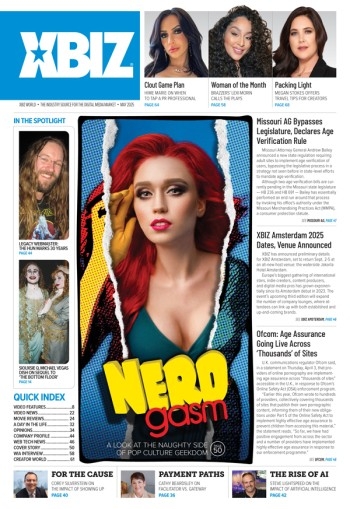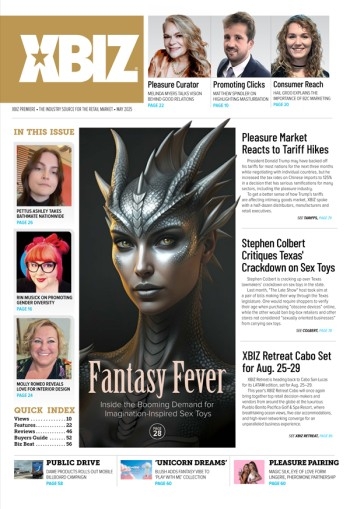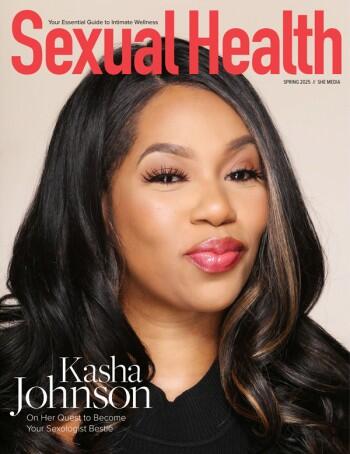Every brand in every industry tells a story. At its best, the story conveys exactly what the company is to customers, giving them a clear indication of what they can expect from the brand. Think about the companies you personally give your business to. What stories are those brands telling that have you hooked?
At its worst, inconsistent branding tells your customers that you don’t have a clear idea of what your company is or that you lack a clear message. This can confuse customers, leaving them unsure of what to expect and perhaps unlikely to come back for more.
Brand guidelines are a tool to help make sure customers see you exactly the way you want them to, across all platforms.
So, it’s important to ask ourselves, “What story is my brand telling?” If you don’t know, chances are your customers are unsure as well. This becomes especially important for pleasure brands working with distributors. Since you won’t have direct contact with your final customer, it’s even easier for the narrative you’re trying to tell to get lost in translation.
OK, we’ve established that inconsistent branding isn’t an ideal customer experience. So what now? The next step is to buckle down on your branding with guidelines for improved consistency and reach.
Best Foot Forward
As pleasure-focused companies, we put a lot of thought, time and effort into creating our brands. From striking visuals and compelling copy to well-thought-out campaigns and appealing packaging, we’re constantly creating assets for our customers — and brand guidelines are the glue that can hold everything together in one neat, consistent package.
Brand guidelines are a tool to help make sure customers see you exactly the way you want them to, across all platforms. Having them in place creates a stronger, better defined presence for your brand, whether in a B2B or B2C environment. Established brand guidelines can make the job easier for distributors too, setting your brand above the rest and pushing you to the front of the line. Establishing what your brand is all about cuts down on the time resellers need to spend marketing your product and allows you to send the same message every single time.
Without established branding, you’re essentially letting someone else tell your story when you’re working with resellers and distributors. Having a brand voice allows you to control the narrative being told to your customers, even if you’re not selling to them directly.
It’s also a great opportunity for creating a relationship with your distributors. We have to trust and rely on distributors to represent us in an authentic way, but sometimes they may not know how to do that. Having set parameters for how to represent our brand and product makes their job easier as well as ours. It can also make working with freelancers or outside creative talent easier, since brand guidelines set rules for design and copy. In the end, the stronger the branding, the more likely the message is to connect with the end customer.
Defining the Narrative
So, how exactly do you create brand guidelines? Other industries have been doing it for a very long time. You need to consider things like logo placement, font, brand colors, market fit, value proposition and customer personas. These elements create the visual baseline for your brand and offer a consistent visual experience no matter the context.
From a copy standpoint, it’s important to consider the customer you’re targeting. For example, our Sincerely brand is selling to a completely different customer than our Edge brand, so the stories need to be different. If they weren’t, each brand would be missing the mark. The messages wouldn’t resonate with their respective customers and the products wouldn’t sell as well.
But it isn’t just the story; it’s how you tell it. Something as simple as being consistent with the title case in headlines and subheads can make a huge impact, because if you’re inconsistent it can come off as sloppy. Creating an established sign-off for every email can also help bring your message together in an impactful way. Do your calls to action have an established format? These are all important things to consider.
Bringing It All Together
It’s essential to streamline and develop these messages as our industry gets more exposure. As we all know, the pleasure business is changing, which makes it the perfect time to level up our branding game. We need to be sure that retailers who are unfamiliar with our products have the best tools to create revenue streams or exposure opportunities. Having established brand guidelines can be the difference between making an impact on a potential customer or losing their business altogether.
Kelly Sofferman is the senior brand marketing manager for Sportsheets.







